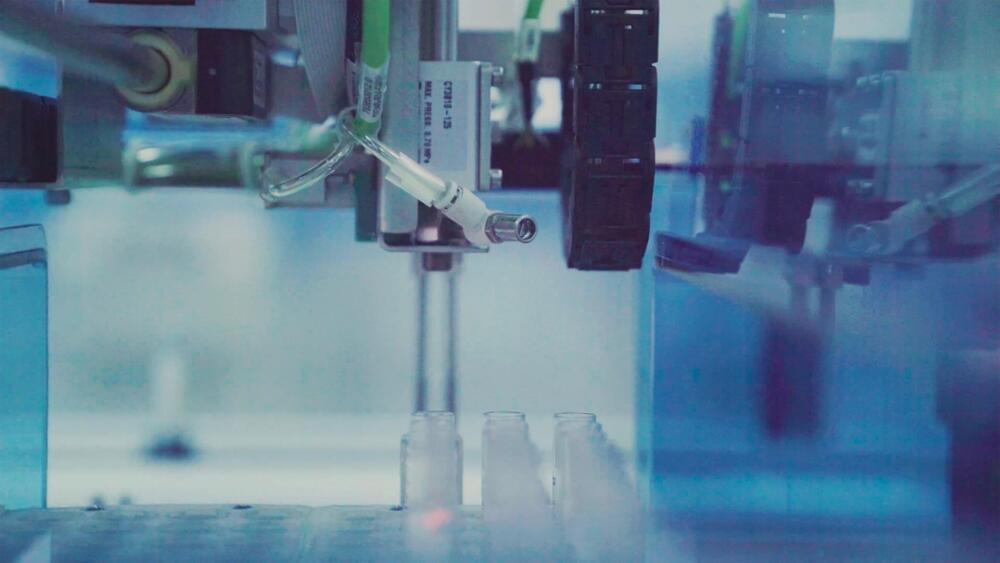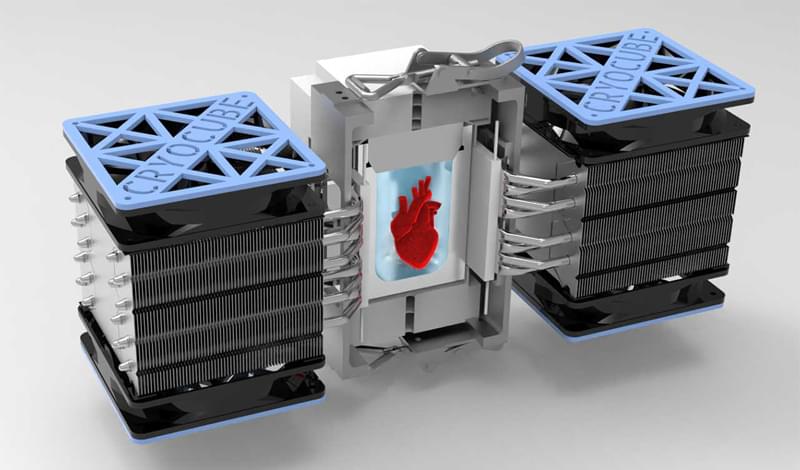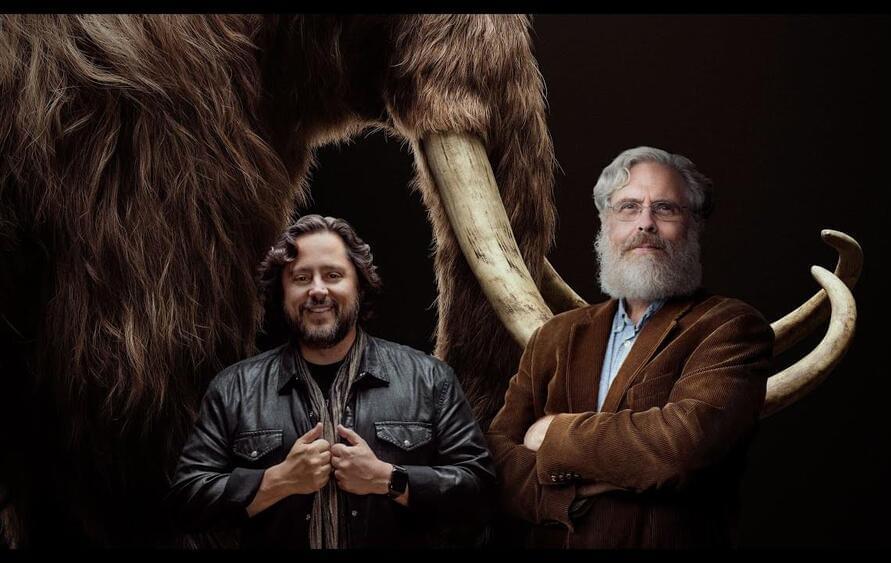Oct 20, 2021
Timeline: What If Humans Were Immortal
Posted by Faith Jones in categories: information science, life extension, mathematics
Oh the things we can see and accomplish when time and death can no longer hinder us.
Immortality is eternal life, being exempt from death, unending existence.
Human beings seem to be obsessed with the idea of immortality. But a study published in the journal Proceedings of the National Academy of Sciences has stated, through a mathematical equation, that it is impossible to stop ageing in multicellular organisms, which include humans, bringing the immortality debate to a possible end.
So you probably don’t want to die, most people don’t. But death takes us all no matter what we want. However, today in our scenario, humans have found a way to obtain that immortality. Watch the whole timeline video to find out how reaching immortality changes the world and the way we live.

















